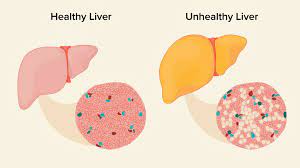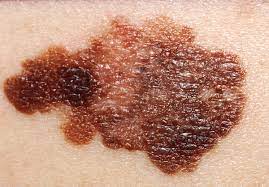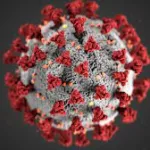New Delhi, June 24, 2024 — Indians have a heightened predisposition to insulin resistance, a condition that not only underlies diabetes but also significantly contributes to the development of fatty liver, according to health experts.
Dr. Bhaskar Nandi, Head of the Department of Gastroenterology at Amrita Hospital in Faridabad, explained on Monday that a combination of environmental and genetic factors has made non-alcoholic fatty liver disease (NAFLD) prevalent among 9-53 percent of the Indian population. Now recognized as metabolic-associated fatty liver disease (MAFLD), it has become a major public health problem in India.
“Obesity, abdominal obesity, diabetes, hypertension, and dyslipidaemia, collectively called metabolic syndrome, are the predisposing factors,” Dr. Nandi stated. “The genetic inclination towards insulin resistance significantly contributes to the high prevalence of NAFLD among Indians.”
This condition is not only widely prevalent but also a silently progressive disease, emerging as one of the leading causes of chronic liver disease, cirrhosis, liver cancer, and liver transplants in India.
“NAFLD remains asymptomatic until it progresses to cirrhosis in the late stages,” Dr. Nandi elaborated. “It is often diagnosed incidentally through ultrasonography or during evaluations for abnormal liver function tests (LFT). Some patients may experience subtle right upper abdominal discomfort.”
As the disease advances to cirrhosis, symptoms such as general ill-health, reduced appetite, liver decompensation, and portal hypertension emerge. These can include ascites (accumulation of fluid in the abdomen), jaundice, blood in vomitus, altered mental status, renal dysfunction, and sepsis. Dr. Nandi warned that advanced forms of NAFLD could lead to liver cancer.
He further noted that metabolic disorders like diabetes, hypertension, dyslipidemia, and obesity not only aggravate NAFLD but also propel it towards cirrhosis. Conversely, NAFLD is an adverse indicator for outcomes in metabolic diseases.
For managing NAFLD, Dr. Nandi emphasized the importance of prompt treatment and lifestyle modifications. He advised reducing weight and strict abstinence from alcohol. Additionally, he recommended a reduction in the intake of sugar, deep-fried foods, refined foods, and excessive butter and oil.
“Patients should aim to reduce their weight by at least 10 percent, ideally over a year, through diet and exercise,” Dr. Nandi advised. “A hypocaloric Indian diet, which involves smaller portions of home-cooked meals, is recommended.”
He also suggested focusing on fruits, vegetables, and legumes while minimizing cereals and grains. Regular physical activity, comprising 4-5 weekly sessions of 40-45 minutes each, combining cardio and resistance training, is strongly advised. Detox diets and protein supplements, however, are not recommended.
As India grapples with a rising burden of metabolic diseases, addressing the predisposition to insulin resistance and its impact on fatty liver through informed lifestyle choices and medical interventions becomes imperative.











